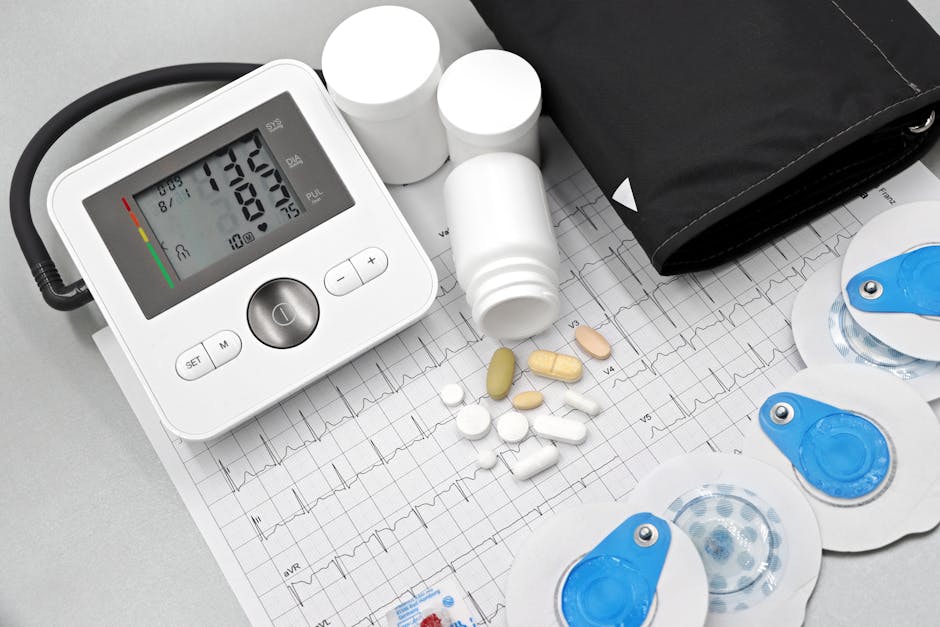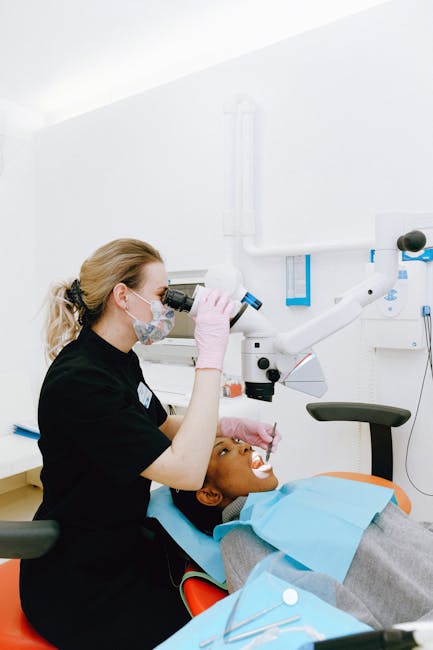What is a Prostate Exam? A Comprehensive Guide to Types, Preparation, and Results
Understanding the Prostate: Why Prostate Exams Matter
The prostate gland, a walnut-sized organ found in men, plays a crucial role in the reproductive system. Located just below the bladder and in front of the rectum, it produces fluid that nourishes and protects sperm. While typically harmless, the prostate can be susceptible to several conditions, most notably benign prostatic hyperplasia (BPH) and prostate cancer. This is why regular prostate exams are crucial for men’s health.
Prostate exams serve as a vital tool for early detection of these conditions. Early detection significantly increases the chances of successful treatment and improved outcomes. Understanding the different types of prostate exams, what to expect during the procedure, and how to interpret the results is key to informed healthcare decision-making.
Types of Prostate Exams: A Detailed Overview
There are several types of prostate exams used to assess the health of the prostate gland. The choice of exam depends on several factors, including a patient’s age, risk factors, and symptoms.

1. Digital Rectal Examination (DRE): The Most Common Approach
The digital rectal examination (DRE) is the most common type of prostate exam. This relatively quick and simple procedure involves a doctor inserting a lubricated, gloved finger into the rectum to palpate the prostate gland. The doctor feels for any abnormalities such as lumps, nodules, or changes in size or consistency. While DRE cannot diagnose prostate cancer definitively, it can identify areas requiring further investigation.
What to Expect During a DRE: The procedure is generally brief and minimally uncomfortable. Some men experience mild discomfort or pressure during the examination. The doctor will explain the procedure beforehand and answer any questions you may have.
2. Prostate-Specific Antigen (PSA) Test: A Blood Test for Detection
The prostate-specific antigen (PSA) test is a blood test that measures the level of PSA in the blood. PSA is a protein produced by the prostate gland. Elevated PSA levels can be indicative of prostate cancer, BPH, or other prostate conditions. However, it’s important to note that a high PSA level doesn’t always mean cancer; many factors can increase PSA levels.
Interpreting PSA Results: PSA levels are often expressed as nanograms per milliliter (ng/mL). The normal range varies depending on the laboratory and factors such as age. A doctor will interpret the results in conjunction with other factors, such as age, family history, and the results of a DRE.
3. Transrectal Ultrasound (TRUS): Imaging the Prostate
Transrectal ultrasound (TRUS) uses sound waves to create images of the prostate gland. A small probe is inserted into the rectum to obtain detailed images. TRUS can help identify areas of concern detected during a DRE, guide biopsies, and assess the size and extent of prostate conditions.
What to Expect During TRUS: Like a DRE, TRUS is a relatively quick procedure. Some men may experience mild discomfort or pressure during the exam. The procedure is often used in conjunction with other tests.
4. Prostate Biopsy: Confirming Diagnosis
A prostate biopsy involves removing small tissue samples from the prostate gland for microscopic examination. This procedure is typically performed under ultrasound guidance (TRUS-guided biopsy) to ensure accurate sample collection. A biopsy is performed when there is a suspicion of prostate cancer, based on abnormal findings from a DRE, PSA test, or TRUS.
What to Expect During a Biopsy: Biopsies are usually performed in a doctor’s office or outpatient setting. You may experience mild discomfort or pressure during the procedure. Local anesthesia is usually administered. There may be some bleeding or discomfort after the procedure.
5. MRI and Other Advanced Imaging Techniques
In some cases, more advanced imaging techniques such as magnetic resonance imaging (MRI) may be used to provide a more detailed assessment of the prostate gland. MRI is particularly useful in detecting aggressive forms of prostate cancer. Other advanced imaging techniques might be employed based on individual circumstances.
Preparing for a Prostate Exam
Preparation for a prostate exam depends on the specific type of exam being performed. For a DRE, no special preparation is usually required. However, for a PSA test, no specific preparations are needed beyond fasting, if instructed by your doctor. For TRUS and biopsies, your doctor might provide specific instructions, such as bowel cleansing, to ensure a clear image or facilitate the procedure.

Important Considerations:
- Discuss your medical history with your doctor, including any medications you’re taking.
- Inform your doctor of any allergies or sensitivities.
- Ask your doctor any questions you may have about the procedure and what to expect.
- Arrange for transportation if needed, especially after a biopsy.
Understanding Your Prostate Exam Results
Interpreting prostate exam results requires a thorough understanding of your overall health and medical history. A doctor will review the results with you and explain their implications. A normal result indicates no immediate concerns, but regular screenings are still recommended. Abnormal results may require further investigation or treatment.
Abnormal Results and Next Steps: If your PSA levels are elevated or if the DRE shows abnormalities, your doctor might recommend further tests, such as a TRUS or biopsy, to determine the cause. If prostate cancer is diagnosed, your doctor will discuss treatment options based on the stage and aggressiveness of the cancer.

The Importance of Regular Prostate Exams
Regular prostate exams are crucial for early detection of prostate conditions, particularly prostate cancer. While there’s no definitive age to begin prostate exams, most health professionals recommend discussing screening options with your doctor starting at age 50, or earlier if you have a family history of prostate cancer or other risk factors. Early detection significantly improves treatment outcomes and survival rates.
Risk Factors for Prostate Cancer: Several factors increase the risk of prostate cancer, including age, family history, race (African American men have a higher risk), and genetics. Understanding your risk factors can help you make informed decisions about prostate cancer screening.
Conclusion: Taking Control of Your Prostate Health
Understanding what a prostate exam entails is essential for men’s health. Regular screening, including a DRE and PSA test, can significantly improve the likelihood of early detection of prostate cancer and other prostate problems. Open communication with your doctor is crucial for making informed decisions about your health and ensuring you receive the appropriate care.
Remember, proactive healthcare is key. Don’t hesitate to discuss your concerns with your doctor and schedule regular prostate exams to maintain your overall well-being.







